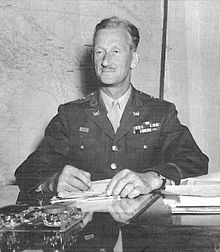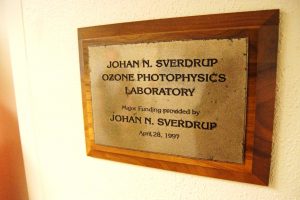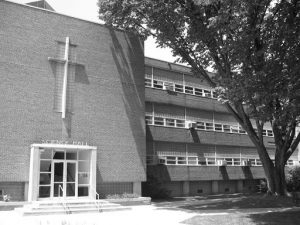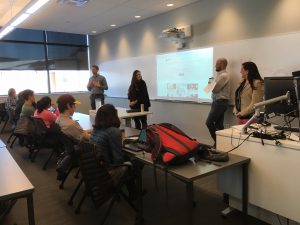
Student questions following presentations by reps from Fishbowl Solutions yielded some interesting conversation in Professor Larry Crockett’s computer science class, April 5. For example, “As a software consultant, how often do you feel the need to go online to find answers to your own software challenges?”
The answer from Fishbowl’s Jake Ferm ’12 may have been somewhat tongue-in-cheek, but then again, maybe not: “Every ten minutes.”
Fishbowl Solutions, a Twin Cities-based software company, creates packaged software and develops custom technology solutions using the latest Oracle, Google, Mindbreeze, and PTC technologies. The company of 40+ employees, founded in 1999, has offices in both the U.S. and the U.K., and serves an international clientele.
The Fishbowl reps, invited to visit two sections of Crockett’s CSC/PHI 385 class (Formal Logic and Theory of Computation), included Noah Bodner (Recruiting), and three Auggies: Amy Bowar Mellinger ’97 (Fishbowl’s Director of Services), Jake Ferm ’12 (Software Consultant), and Carmen (Crockett) Williams MBA ’12 (Account Executive, Sales).
After the Fishbowl guests described the nature of their company and work, as well as their take on various current trends in technology, students raised numerous questions. The resulting interaction provided good advice on many issues, such as these comments on interviewing from Williams: (1) Prepare wisely for an interview (always plan on a glitch; arrive ten minutes early); (2) Think ahead about what questions to ask the interviewer (remember, you’re interviewing the company as much as they’re interviewing you); and (3) Ask what further education and training the prospective employer is willing to provide.
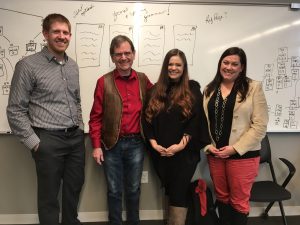
Mellinger stressed the importance of keeping an open mind when deciding on an employer, giving attention to the importance of matching one’s work-style with the anticipated projects. For example, she recalled working on one seven-year project at an earlier job, which, she said, may not have been as appealing to someone who enjoys working on a variety of projects or technologies.
Fishbowl reps emphasized how valuable a liberal arts education is in their work, since the broad scope of the classes they took continues to provide flexibility and greater opportunity in their work, and in the marketplace in general.
The Fishbowl visit to Augsburg was an excellent opportunity for students who are eagerly seeking internships or employment to connect with a company that is just as eager to find talented interns and employees. As Bodner explained, given the current Twin Cities unemployment rate in the area of computer science (less than 1%), students are in a strong position to find several appealing opportunities, and their thoughtful preparation for interviews can make an offer much more likely. A look at the website for Fishbowl Solutions says, “We’re looking for innovators with a passion for technology and learning to fill a variety of technical and non-technical roles.”
Mellinger, who worked for many years as a consultant prior to taking on her leadership role at Fishbowl Solutions, was surprised to discover recently that her colleague at Fishbowl, Williams, is the daughter of Crockett, who had taught two of her classes at Augsburg.
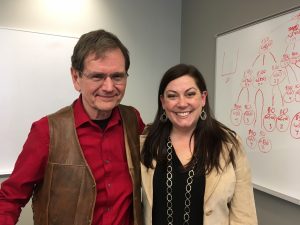
In the April 5 forum, about 50 students had a chance to interact with former students to compare and contrast pre-graduation education with in-field work experience, and to consider how one’s education must continue in the workplace. Ferm stressed that, especially as a software consultant, he is learning new things daily—online and in person—as he encounters new challenges that push him to continue educating himself. And when new interns come on board, they learn from the staff’s collective experience, and staff pick up new things from the interns. Nothing like a win-win situation!
The April 5 event was also an opportunity for three Auggie alums to take in the new Hagfors CSBR facility; they left deeply impressed.
—by Cheryl Crockett ’89

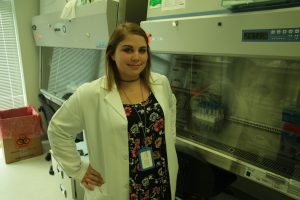
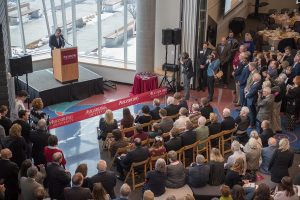
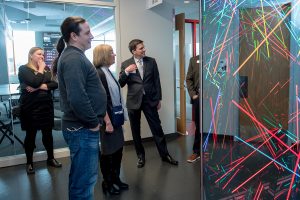
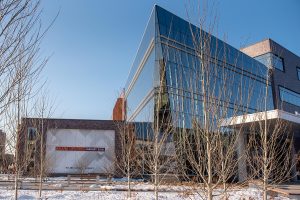

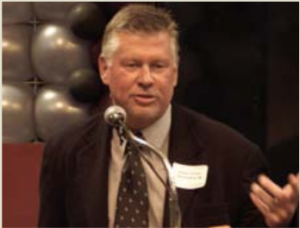
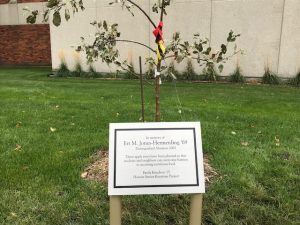
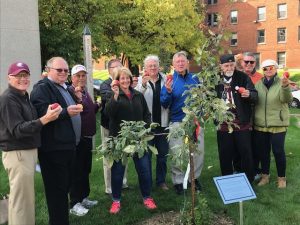
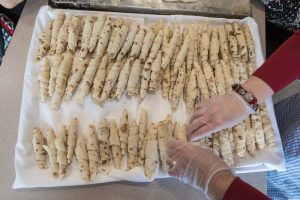
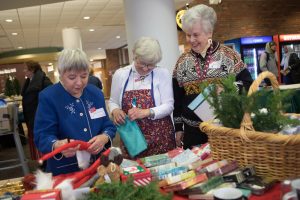
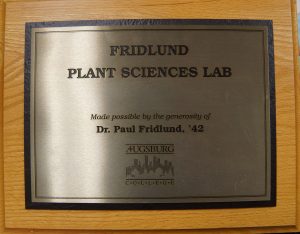
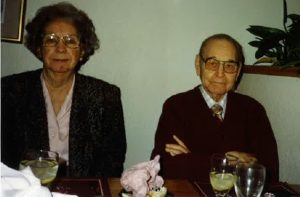 e generously to the college, including significant gifts to the Augsburg Fund, the Foss Center (where the atrium is named after them) and the Lindell Library.
e generously to the college, including significant gifts to the Augsburg Fund, the Foss Center (where the atrium is named after them) and the Lindell Library.